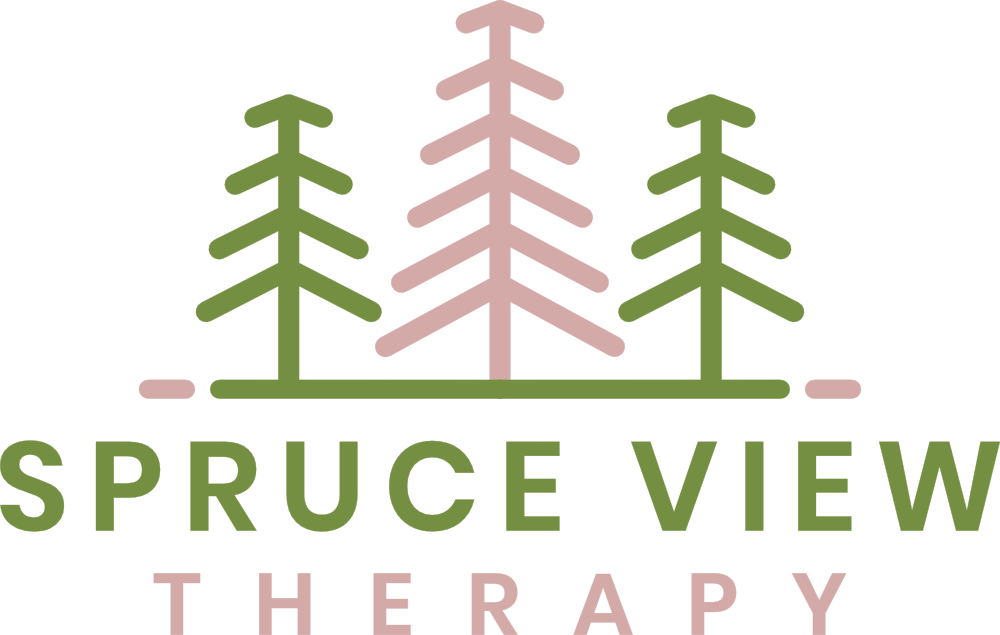EMDR for Anxiety: How It Helps and Why It Works
Your mind never stops. You replay conversations, prepare for every possible “what if,” and constantly second-guess yourself. Even when you know you’re safe, your body stays tense, and it’s hard to truly relax.
Anxiety can make it feel like your brain is stuck in overdrive.
Maybe you just think of yourself as “an anxious person.” Or maybe you’ve read all the books, Googled coping skills, tried deep breathing, and even learned to challenge your thoughts, yet the worry and overthinking keep coming back.
If that sounds familiar, EMDR therapy might help you finally get to the roots of what’s keeping your anxiety stuck.
What is EMDR?
EMDR stands for Eye Movement Desensitization and Reprocessing. It’s a type of therapy originally developed to help people heal from PTSD and trauma. Over the years, research and clinical experience have shown it is also highly effective for anxiety, panic, perfectionism, burnout, chronic stress, and more.
Rather than focusing only on talking about your anxiety and managing surface-level symptoms, EMDR helps your brain reprocess the experiences and beliefs that are fueling it, so you can actually feel calmer and more present, not just think your way there.
For a deeper look at what EMDR is and how it works, you can start with this blog post.
Why Anxiety Often Has Deeper Roots
Anxiety isn’t just about worrying too much. Often, it’s your nervous system trying to protect you based on past experiences.
Maybe you grew up in an environment where being prepared or “getting it right” kept things peaceful. Or perhaps you’ve been through stressful or unpredictable situations where staying on guard felt necessary to stay safe.
Over time, those protective patterns can get stuck. Your brain keeps sending out danger signals even when there’s no real threat, leading to constant tension, overthinking, and exhaustion.
If you’ve had anxiety for years, or even as long as you can remember, it’s often because your brain and body are still responding to the past or triggers tied to the past.
EMDR helps update those old messages so your body and brain can finally realize: “I don’t have to stay on high alert anymore.” Often, anxiety is tied to beliefs and messages that once made sense but no longer serve you.
EMDR helps shift deep-rooted beliefs such as:
“I am not in control”
"I have to be in control"
"I am powerless"
“I’m not safe”
“I’m not good enough”
How EMDR Works for Anxiety
During EMDR, we use bilateral stimulation (such as eye movements, tapping, or gentle sounds) to help your brain process memories or emotions that may still be stored as “unfinished business.” While it might sound technical, the process is actually gentle, intuitive, and guided at your pace.
EMDR helps you understand why your patterns of anxiety and overthinking developed, and supports real shifts in how you feel and respond.
Here’s what the process often looks like:
1. Identifying the roots
We start by exploring when you first remember feeling this kind of anxiety: maybe a time when you felt responsible, powerless, or worried that something bad might happen if you let your guard down.
2. Reprocessing past experiences
Through bilateral stimulation, your brain naturally begins to reprocess those memories. The emotional charge lessens, and new, more balanced perspectives take shape.
3. Strengthening adaptive beliefs
We focus on reinforcing positive beliefs like “I can handle what comes my way” or “I’m safe now,” helping your nervous system respond differently in the present.
Many people notice that after EMDR, the same situations that used to trigger intense anxiety simply don’t have the same effect anymore. They describe feeling calmer, more confident, and like they can finally relax.
You don’t have to stay stuck in anxiety.
If you’ve been managing anxiety for years and feel like traditional coping skills or talk therapy just aren’t cutting it, EMDR might be the missing piece. It helps your mind and body work together to resolve what’s underneath the anxiety, so you can move through life with more ease, trust, and balance.
If you’re curious about EMDR or want to learn more about how it might help you, I’d love to talk. You can schedule a free consultation to get started today.
Michaela Zoppa is a Licensed Professional Counselor (LPC) in Colorado Springs, Colorado. She supports women and teen girls navigating anxiety, perfectionism, trauma, and burnout. She uses evidence-based, trauma-informed modalities, including EMDR and Internal Family Systems (IFS) therapy.




